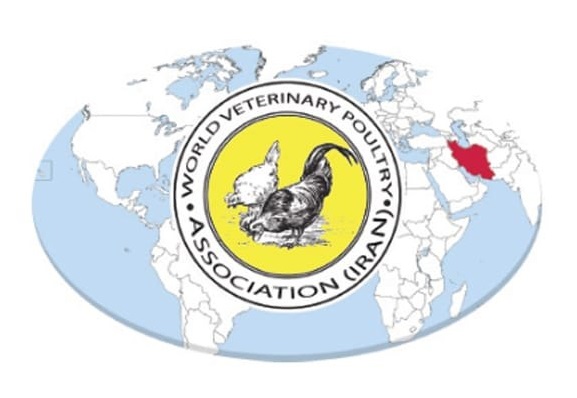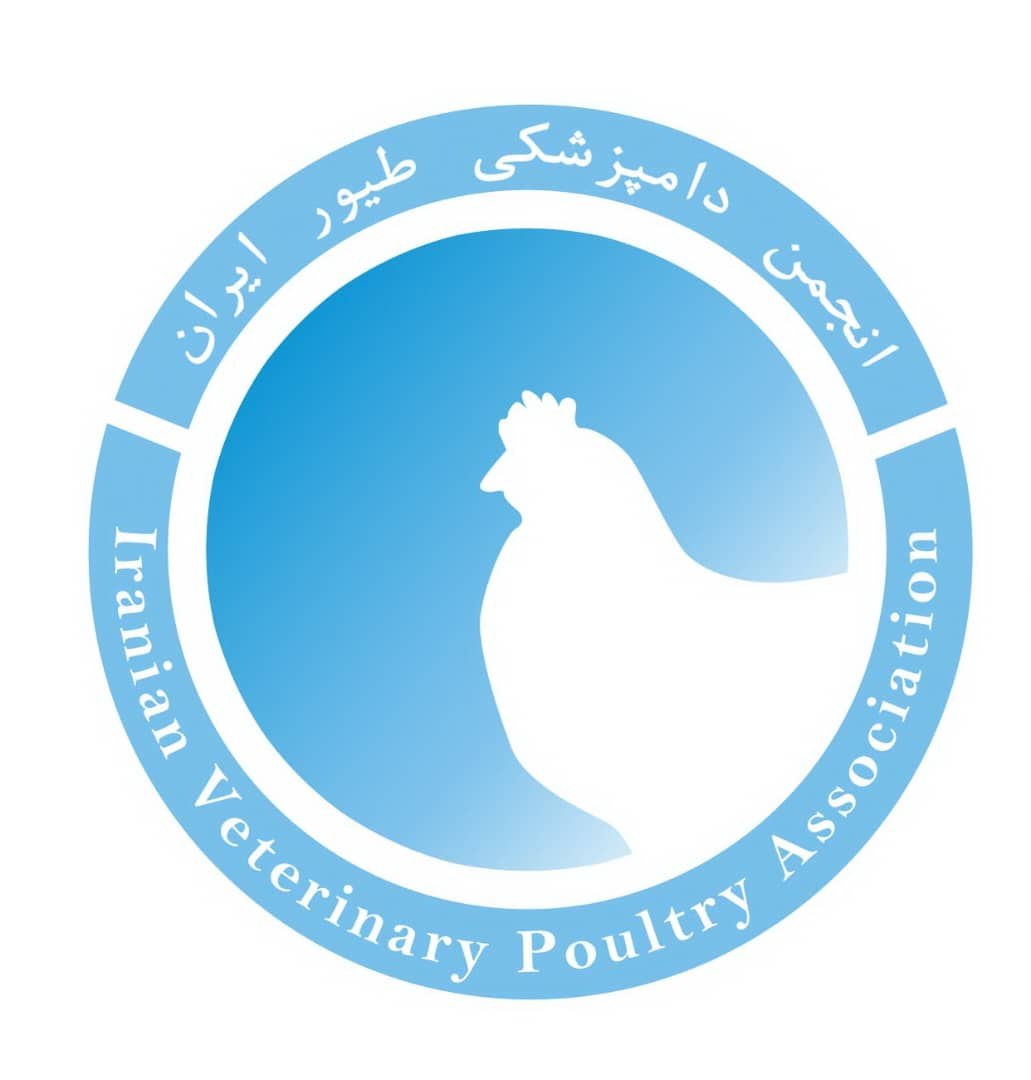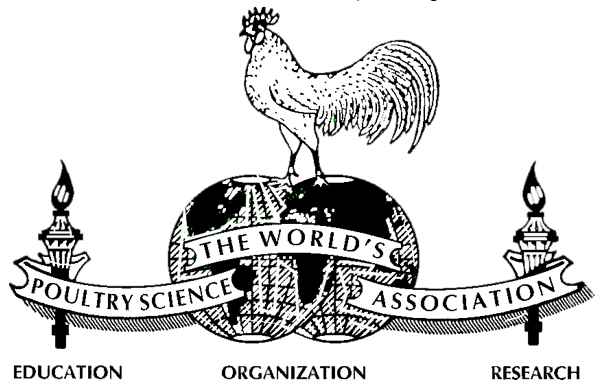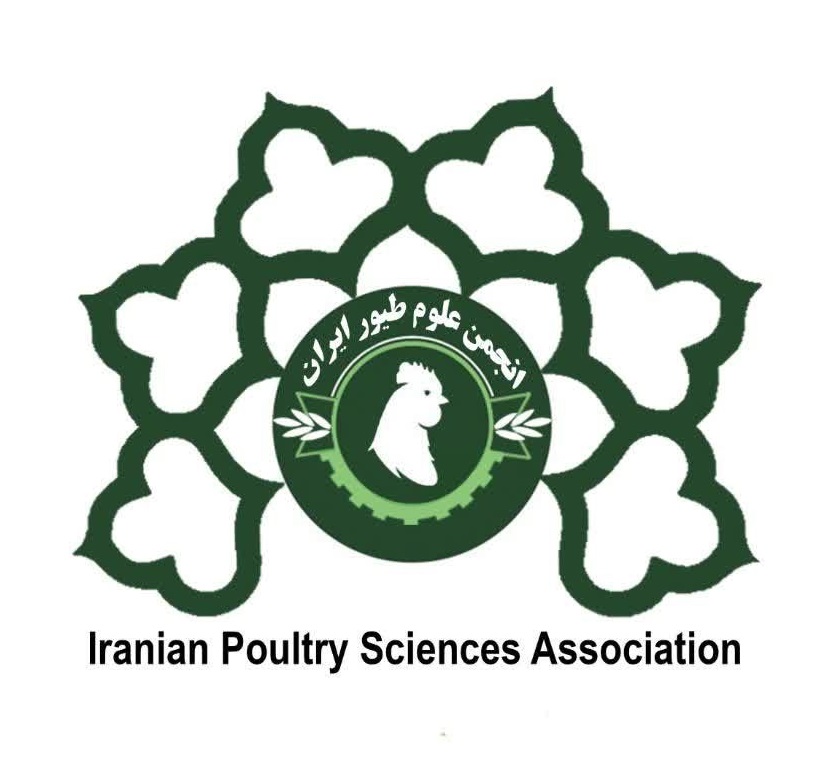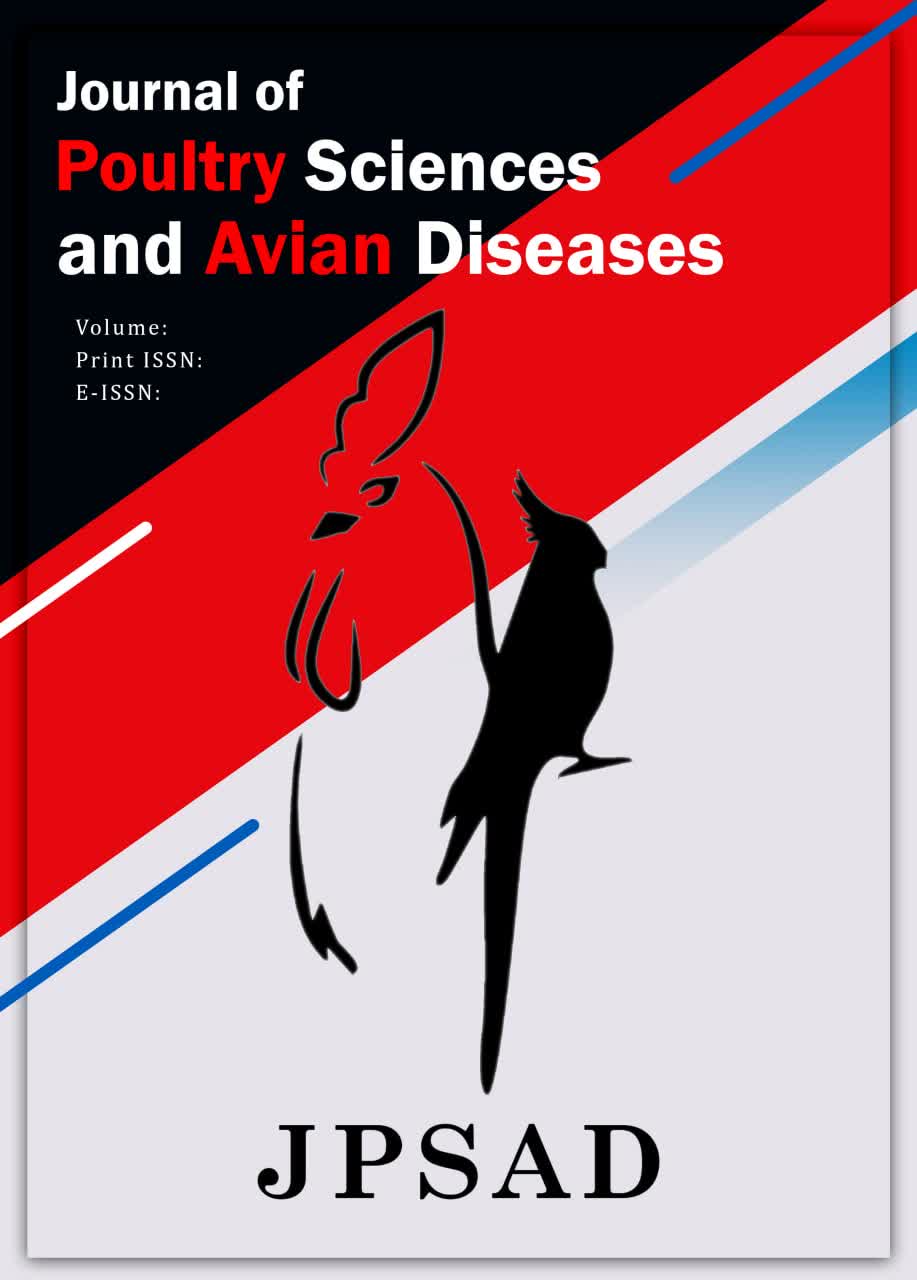Investigation of Chicken Ascaridia galli, Associated Risk Factors, and Assessment of Farmers' Anthelmintic Drug Use for Chicken
Keywords:
Antihelmentic, Ascaridia galli, Chicken, Herbal Drug, Necropsy, ParasiteAbstract
Chickens play a vital role in supplying eggs and meat. Chicken production is expanding rapidly to meet the growing demand for human nutritional needs. Nevertheless, backyard husbandry chickens are susceptible to nematode parasites and continue to sustain substantial populations. A cross-sectional study was conducted from March 2023 to February 2024 to determine the prevalence of ascaridiasis and assess the availability of anthelmintic drugs for managing chicken health. Fresh fecal samples from 380 chickens were directly collected from the cloaca using gloves and preserved in 10% formalin to conduct the flotation technique. In addition, postmortem examinations were done on 30 chickens, and adult parasites were collected to evaluate the parasite load of the chickens. Additionally, 120 farmers were interviewed to analyze the use of anthelmintic drugs for parasitic infections in their chickens. Data analysis was performed using SPSS to explore the risk factors involved. The results revealed that the prevalence of chicken ascaridiasis was 41.07% (N=115/380). Sex was identified as a significant factor, with a prevalence of 34.03% in females compared to males (χ² = 4.29, p = 0.038). Local breeds showed a higher prevalence (45.63%) compared to exotic breeds (24.55%) (χ² = 15.81, p < 0.001). Regarding management practices, the prevalence was 35.3% under extensive, 33.45% under semi-intensive, and 19.84% under intensive systems (χ² = 4.994, p = 0.025). Multivariate logistic regression analysis indicated that age (χ² = 9.915, p = 0.002), sex (χ² = 4.29, p = 0.038), breed (χ² = 15.81, p < 0.001), and management type (χ² = 4.994, p = 0.025) (OR = 1.521, 95% CI: 0.85–2.7) were significantly associated with the prevalence. Among the 30 chickens necropsied, intestinal parasite counts varied: 50% (15/30) had 1–5 parasites, 36.67% (11/30) had 6–10, and 13.33% (4/30) had 11–15 parasites in their intestines. Adult parasites were found in the small intestine, and notably, pathological lesions of varying degrees, including mild ulcerations, were present in 50% of the chickens (N = 15/30). Herbal remedies were commonly used by farmers for poultry health management, with full reliance on backyard systems (100%), followed by 90% in semi-intensive and 80% in intensive systems. These findings emphasize the importance of anthelmintic drugs for chickens' seasonal deworming programs for the effective management of Ascaridia galli.
Downloads
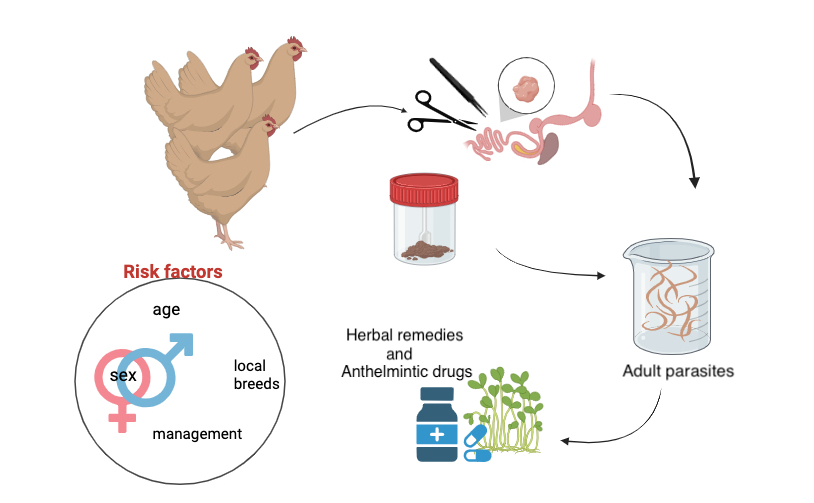
Downloads
Published
Issue
Section
License
Copyright (c) 2024 Asnakew Mulaw Berihun (Corresponding Author); Zenebe Jemere, Bemerew Admassu, Wondmagegn Abebe, Seid kassa, Abibo wondie Mekonen , Dejen Takele, Kassahun Berrie, Melaku Getahun, Yitayew Demessie, Yesuneh Mekasha (Author)

This work is licensed under a Creative Commons Attribution-NonCommercial 4.0 International License.






